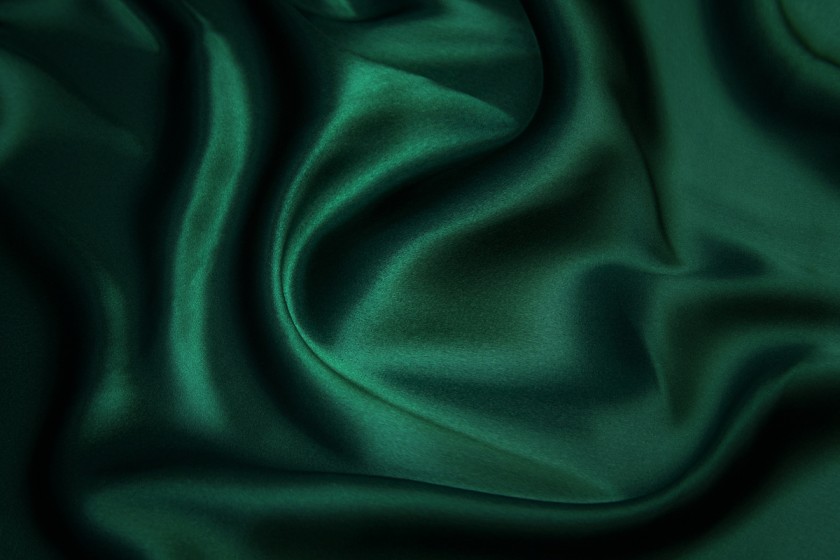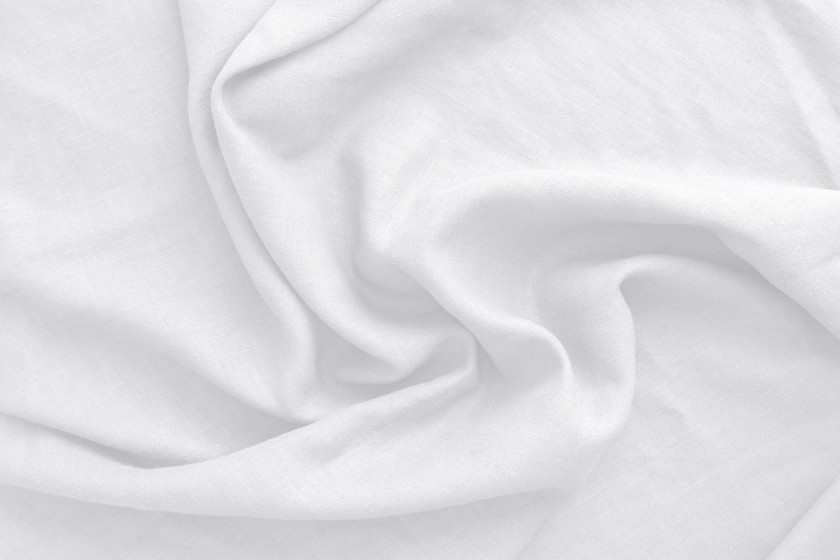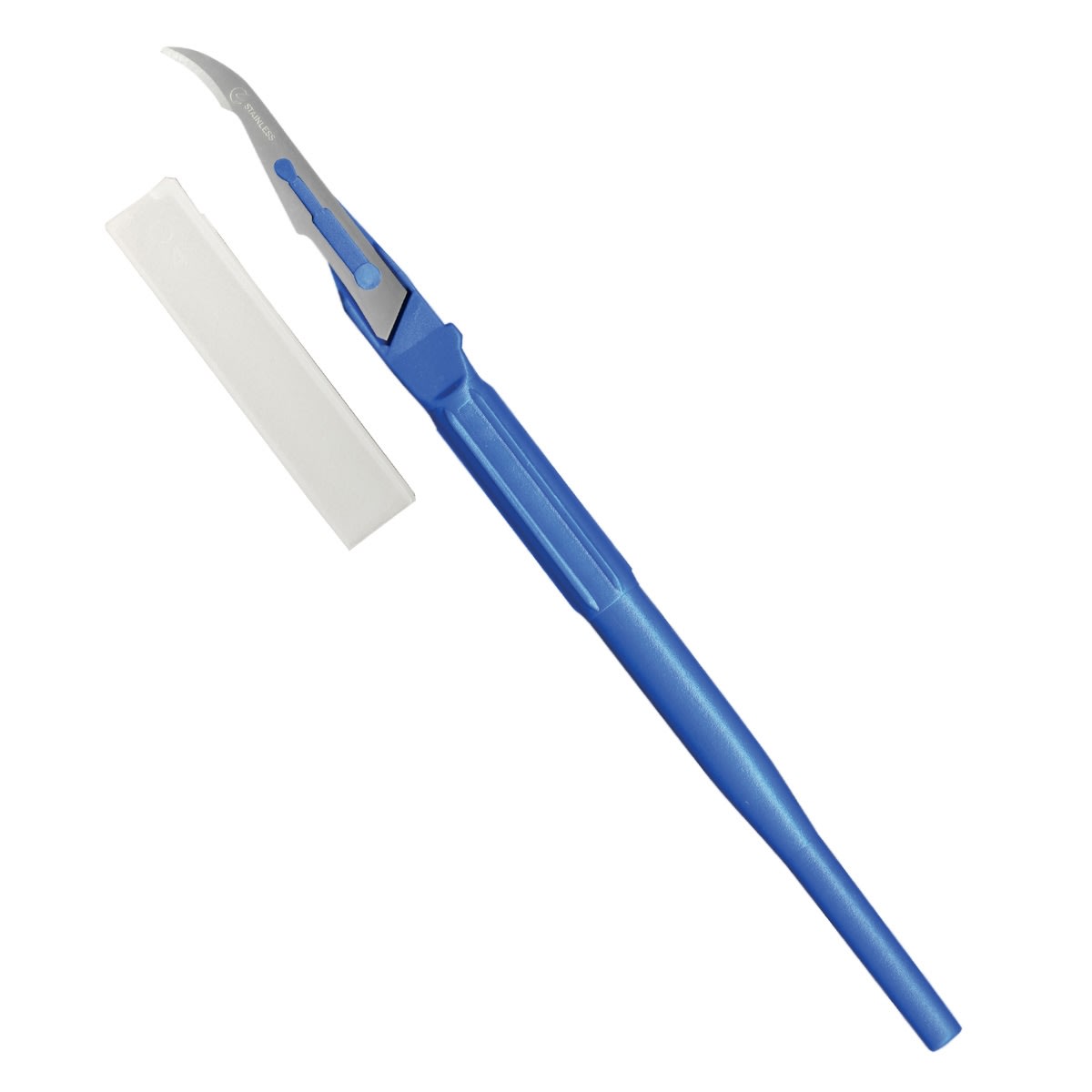Top Material Guide: How Different Materials React to Different Weather.



There are different types of fabrics used by fashion brands for manufacturing garments. They come in an array of options and forms, each having its own texture and properties. As a fashion brand, it's an ever-complicated decision to choose among them. There are many factors that could influence your decision. One of them is the weather. Consequently, it is of utmost importance to understand how different types of fabrics react to different weathers. Going wrong here could have a devastating impact on your business reputation. We at Fashinza, aim to make your decision a little easier by explaining how types of fabrics like silk, wool, stretch, polyester, and cotton react to different weathers.
1. Silk

Silk is well known for its softness, luster, and durability. Silkworms produce silk and are a natural fiber. It is used in everything from sarees and upholstery to formal attire, making silk multifunctional. The most common question we get is, does silk keep you warm or cold? Silk is the type of fabric that keeps you warm in winter and manages to keep you cool in summer. This is possible as silk is a highly breathable fabric. As a result, amongst all the different types of fabrics out there, silk is distinctive. It is a fantastic fabric, as the wearer feels luxurious, simultaneously keeping you warm or cold. That being said, silk is not as absorbent as cotton or linen and leaves sweat stains on hot days.
2. Stretch
Stretch is a type of fabric that has this incredible ability to stretch and fits any figure. It is usually made of elastic fibers like lycra, elastane, and spandex. Thus, it is pleasant to wear. This fabric, although not breathable at all, has a unique moisture-wicking feature. So, it is ideal for gym wear as it doesn’t reveal sweat stains. Nevertheless, it is a terrible choice for a hot sunny day out. This fabric does not offer much warmth during winter days. To overcome this, we suggest combining it with different types of fabrics like wool or cotton.
3. Wool
Wool is a stand-out type of fabric. It is used in sweaters, hats and jackets making it extremely versatile. We all know wool as the quintessential cold weather-wear. Contrary to this popular belief, wool is also great for summer, the reason being its ability to absorb and evaporate moisture. Further, this fabric acts as an excellent temperature regulator. We are talking specifically about the less densely woven lightweight wool. Amongst most of the different types of fabrics available, wool expels the odor-causing moisture more effectively thus keeping you smelling fresh in warm summer temperatures.
4. Polyester
This type of fabric is made from synthetic fiber. Wrinkle and damage resistance are reasons for its popularity. The nature of polyester is such that they are moisture-resistant. This is one fabric to be avoided on a hot summer afternoon. However, a great cold-weather material polyester, a moisture-wicking fabric, keeps you warm. During the monsoon, we recommend combining polyester and a different kind of fabric like cotton, resulting in a fabric that dries faster.
5. Cotton

This type of fabric needs no introduction as it is the most used fabric in the world. We believe that it is a universal fabric. Cotton is great for summer as it is moisture-absorbing and breathable. It can also provide adequate warmth during winter if woven with additional layers. Further, it is great for humid weather as it exceptionally insulates air around the skin, keeping you dry. From our experience, it is the most sought-after fabric, especially for summer clothing. When in doubt, always go for cotton!
Conclusion
It is crucial to select the right type of fabric for the right weather. Broadly, we recommend evaluating the material on its breathability and moisture-absorption before making this decision. Another criteria we suggest is to understand what's the predominant weather of your target market.
Selecting the right material for your clothing brand is a tough decision. Add to it, there are many seasons and then there are different kinds of fabrics. We hope that this blog would have given a little more clarity and helped you make an informed decision.



















